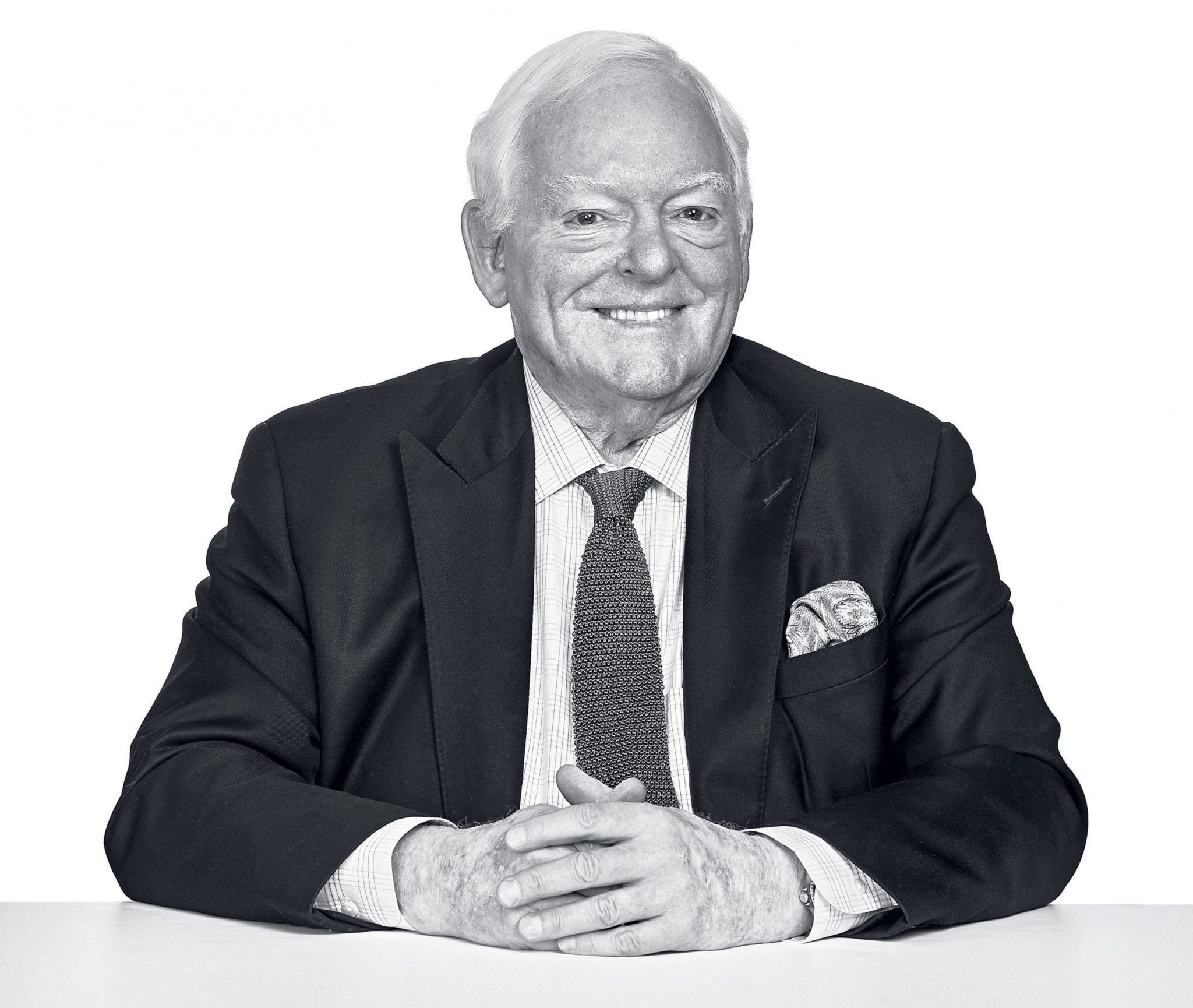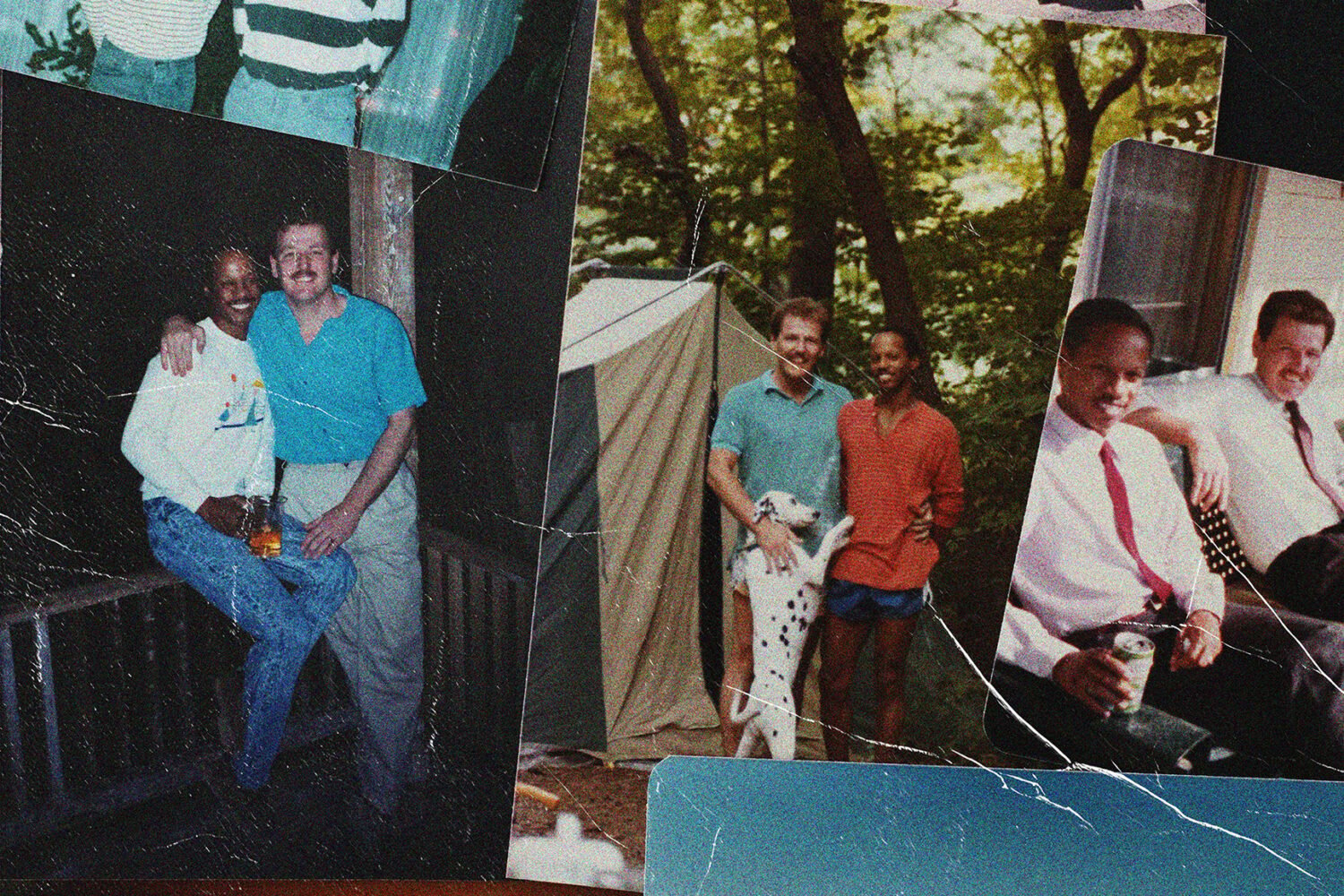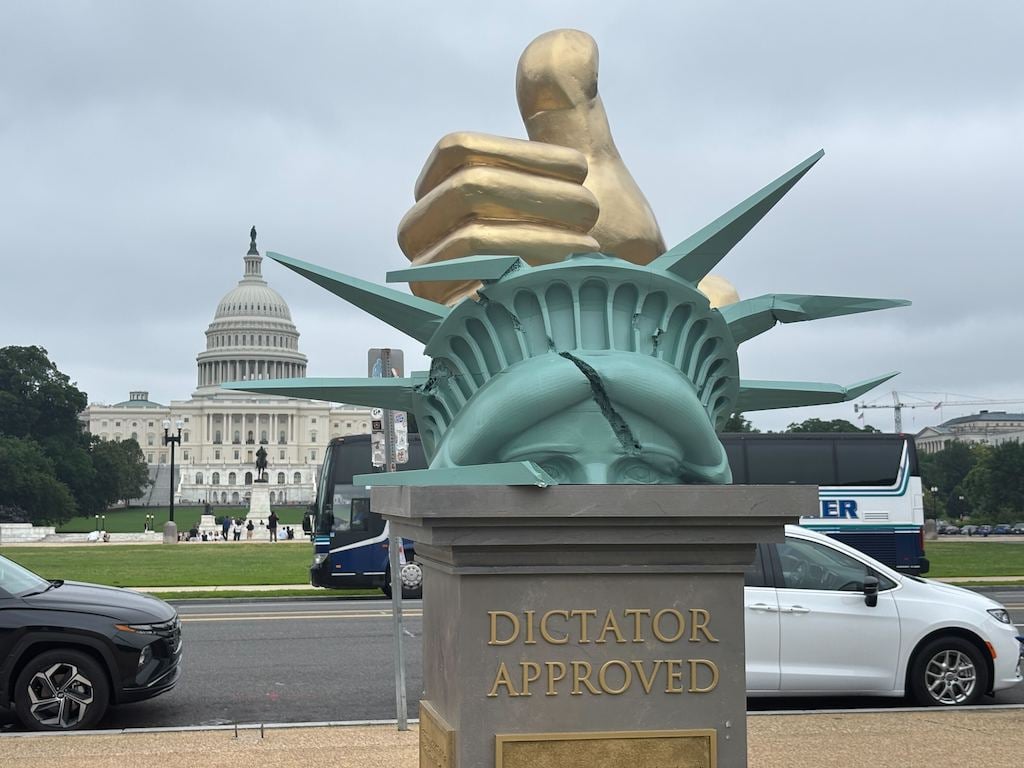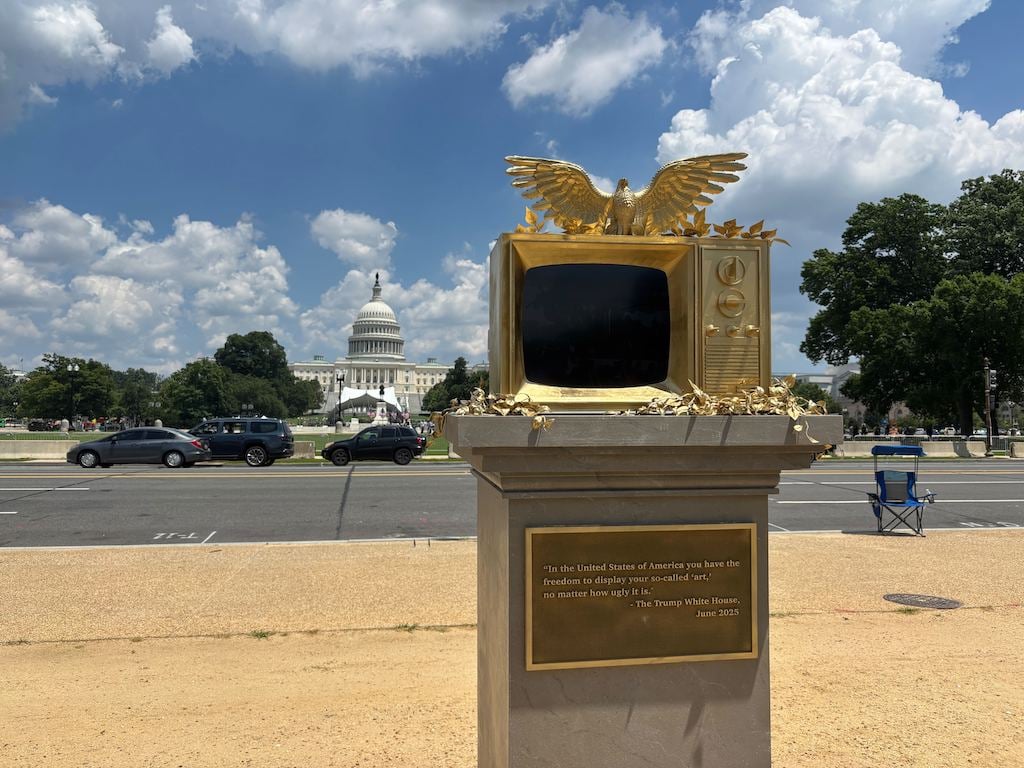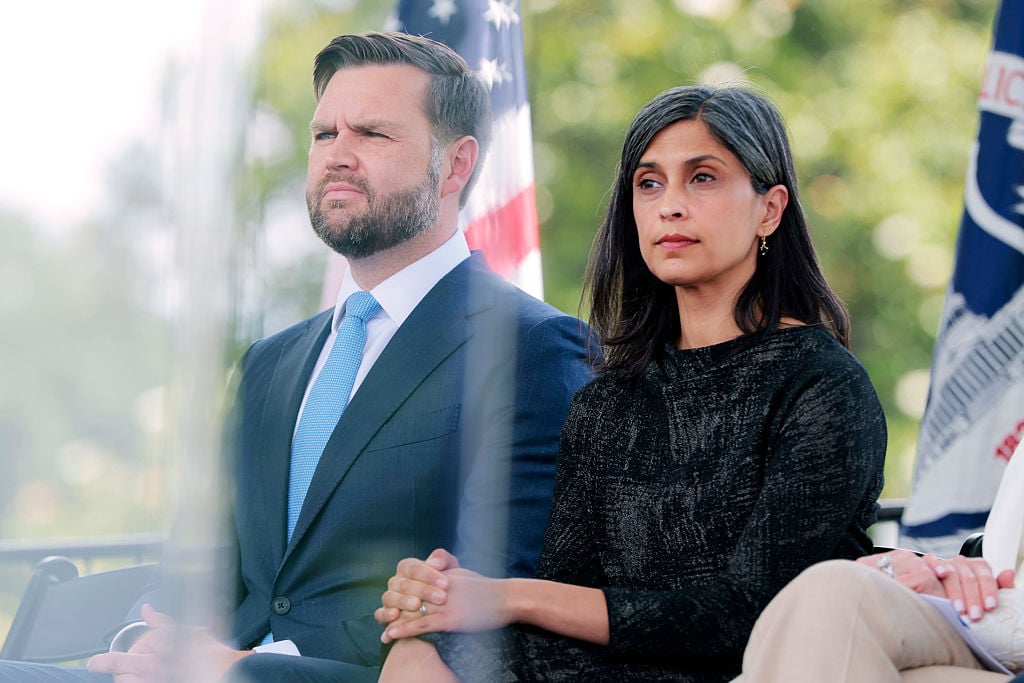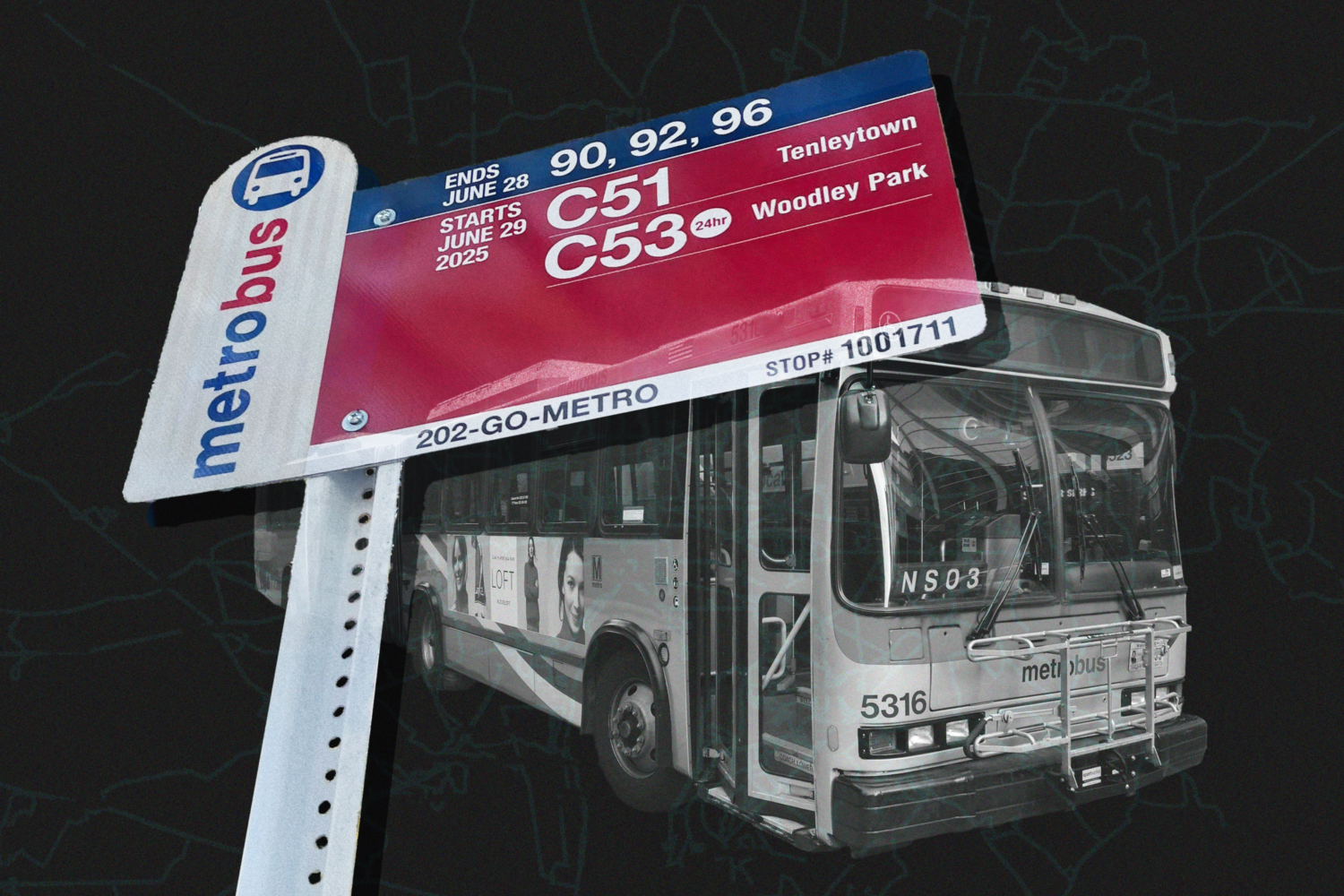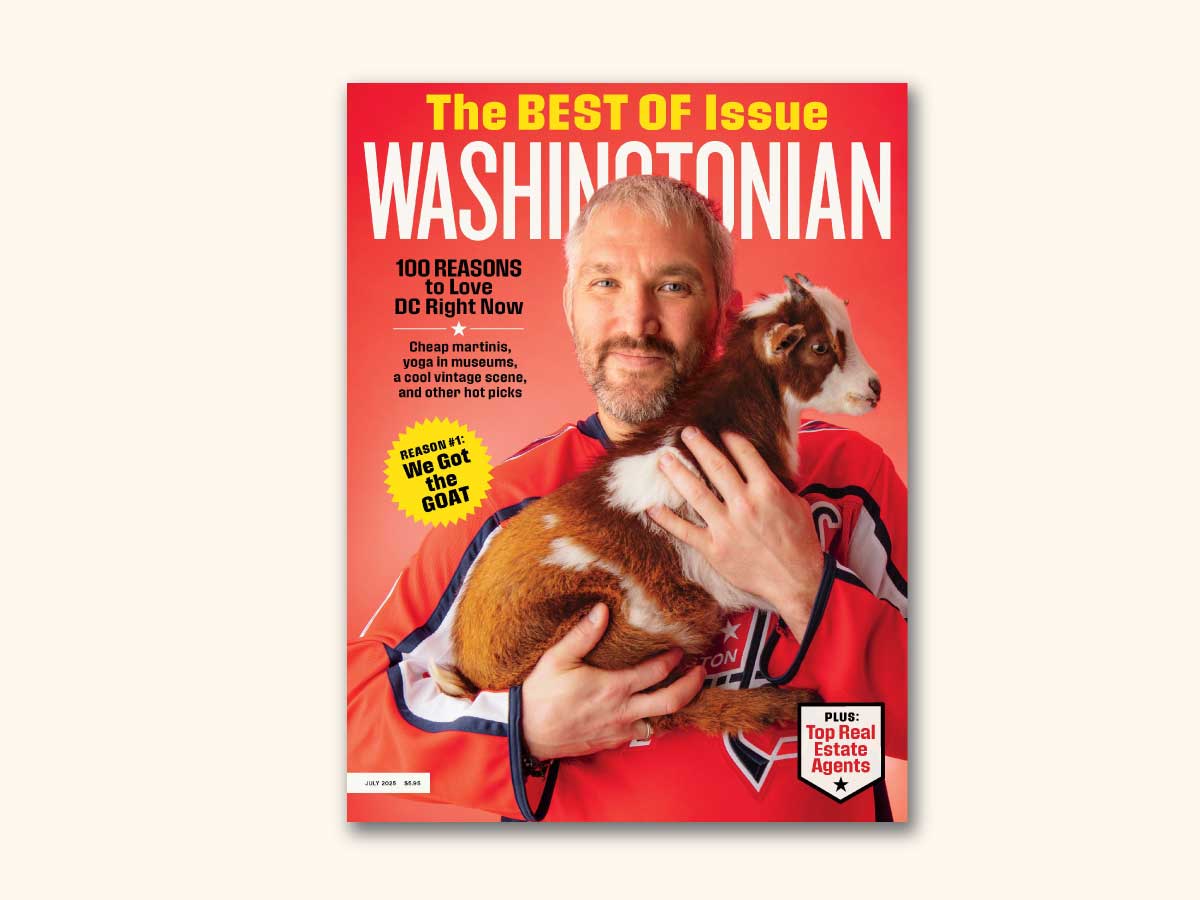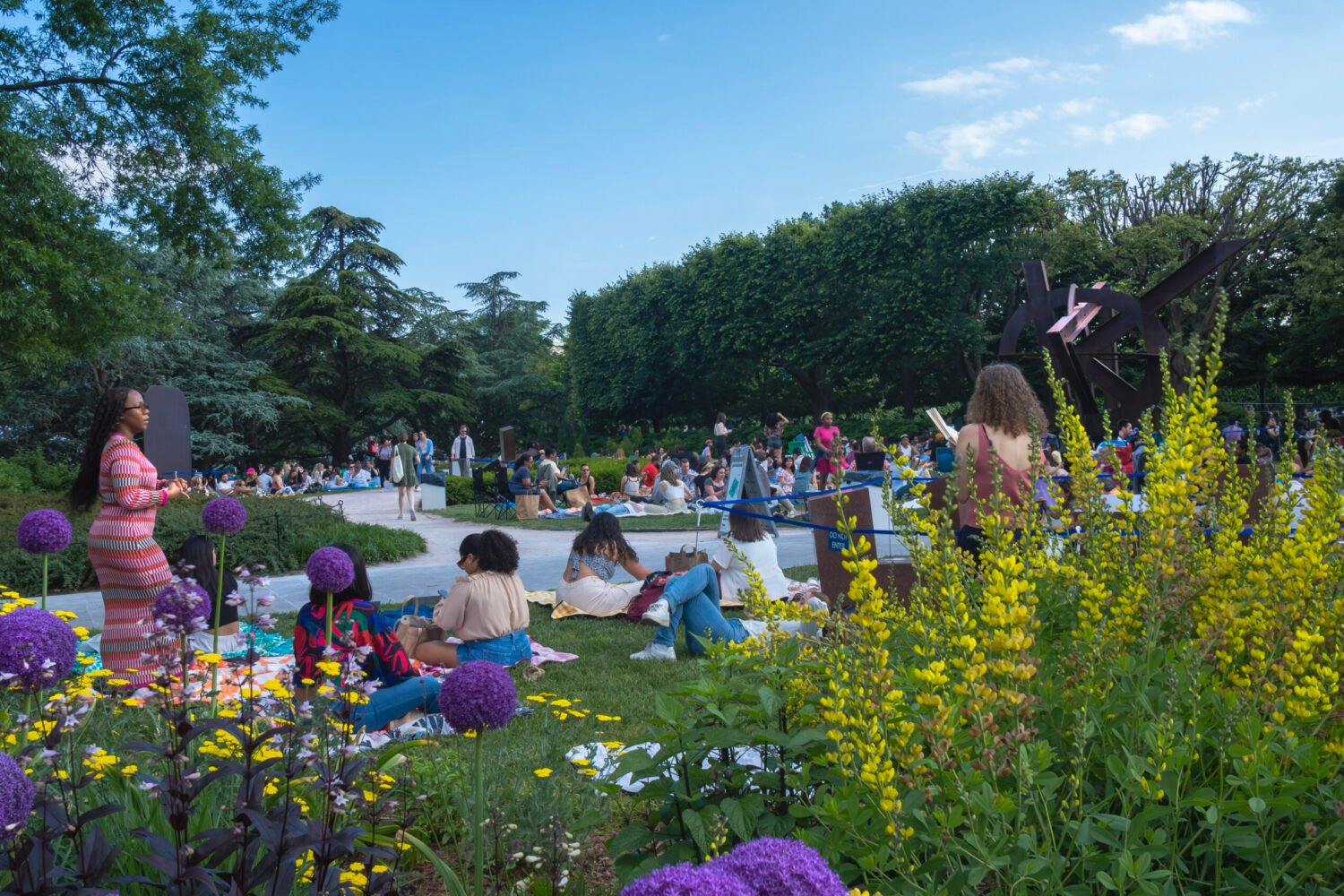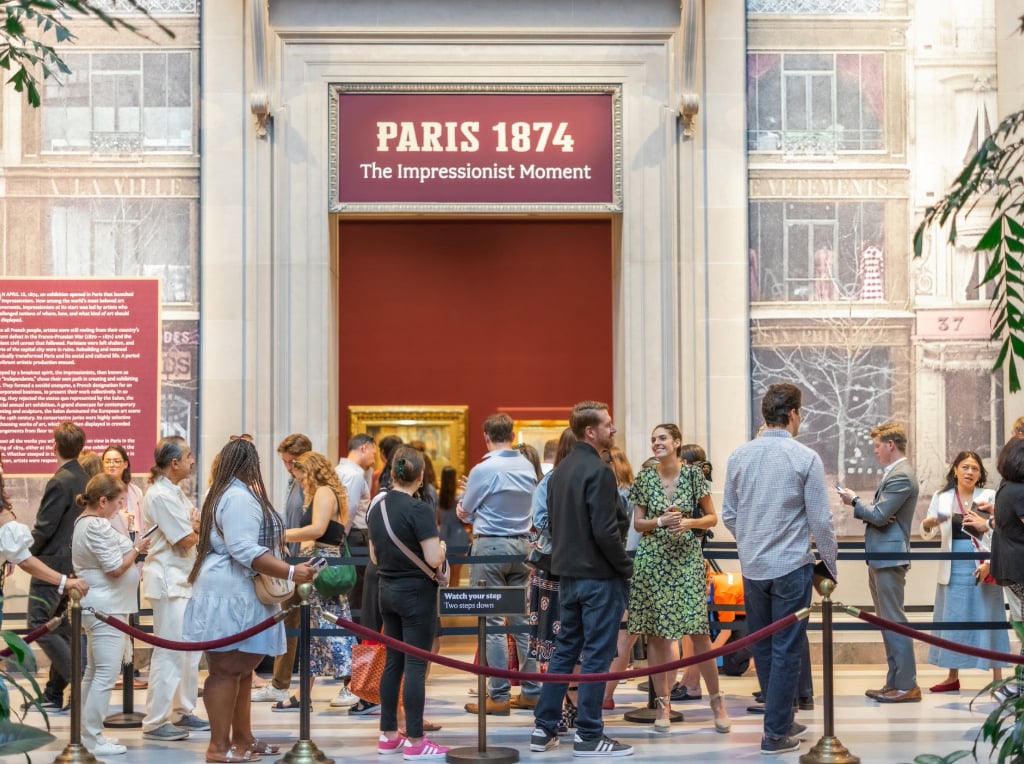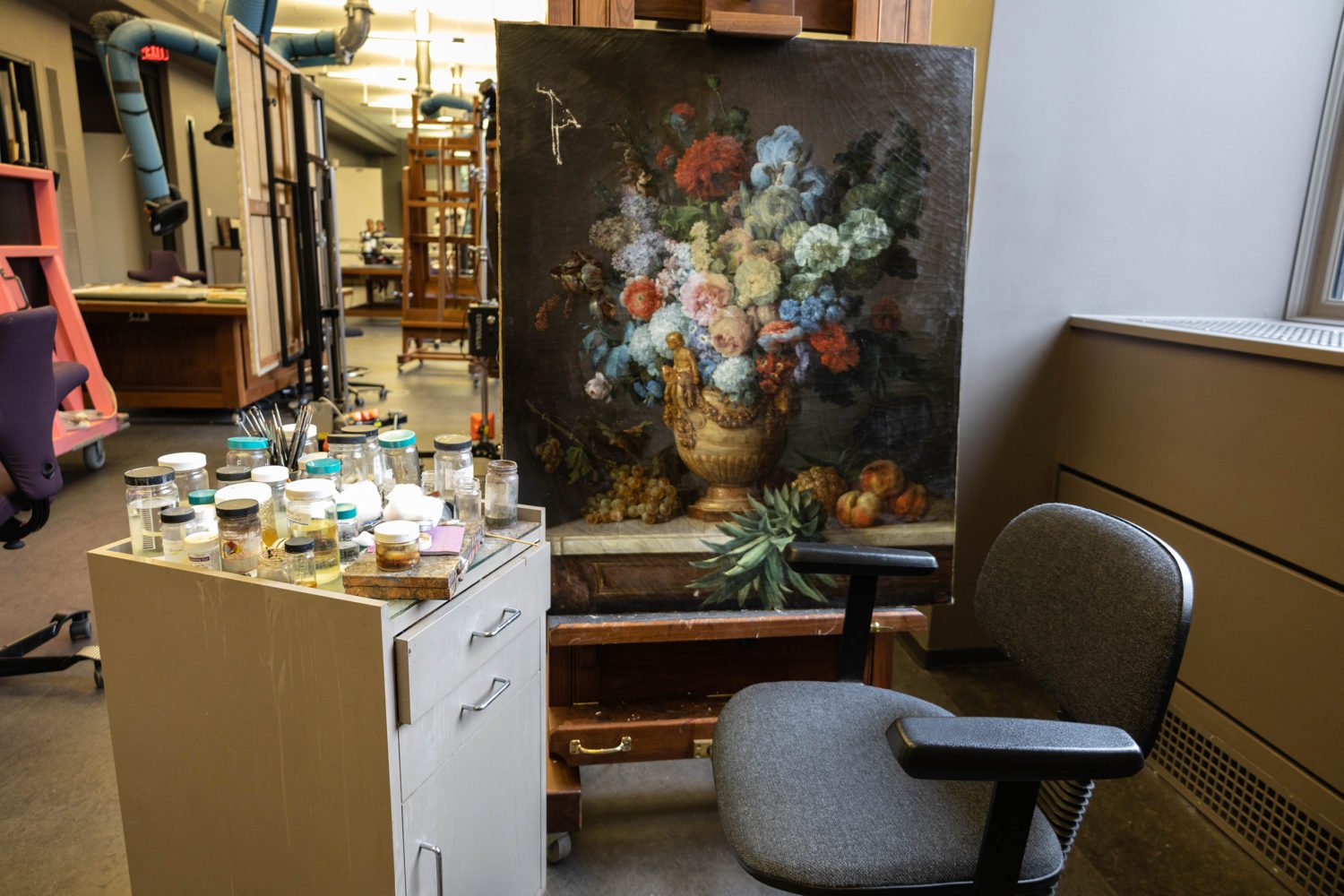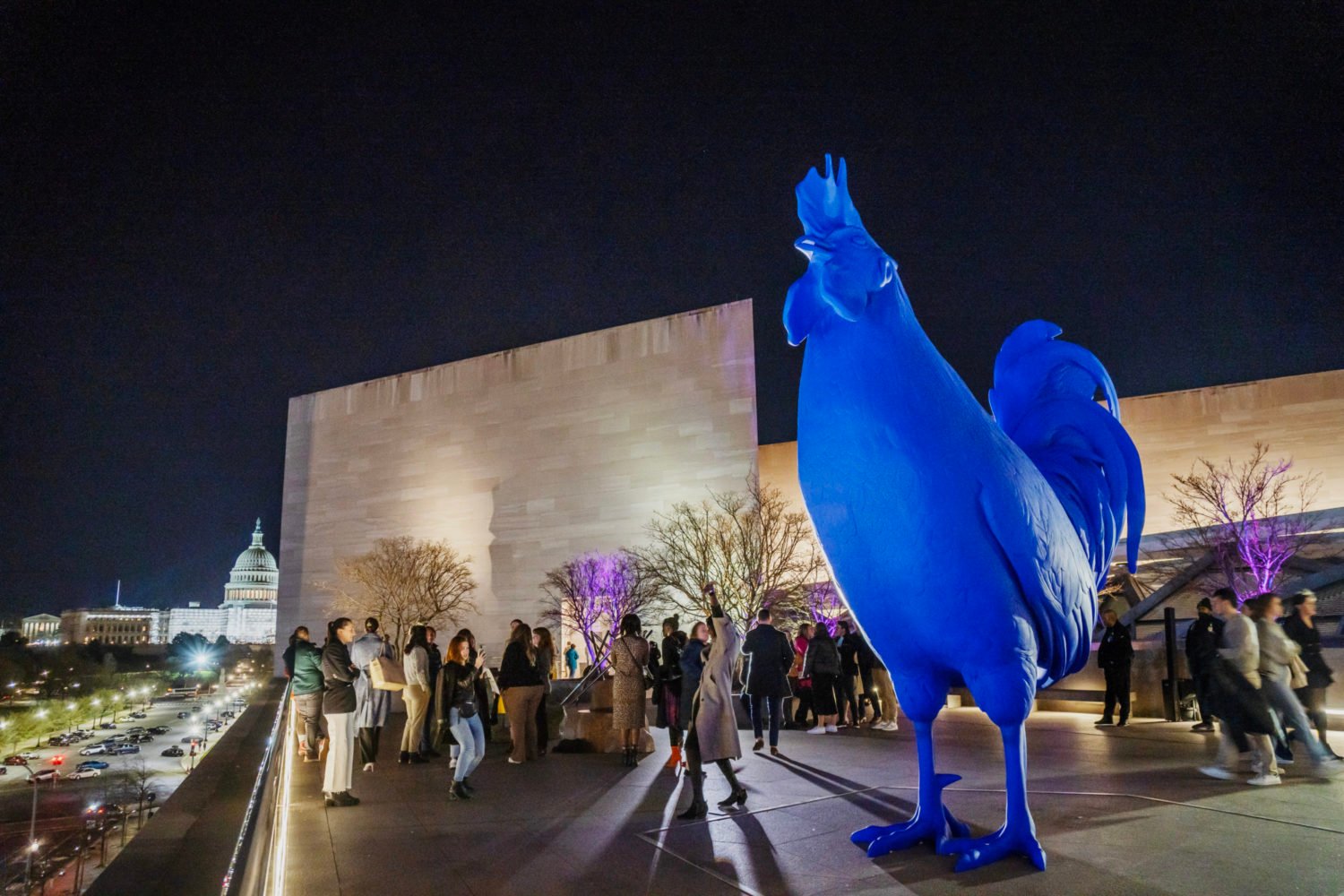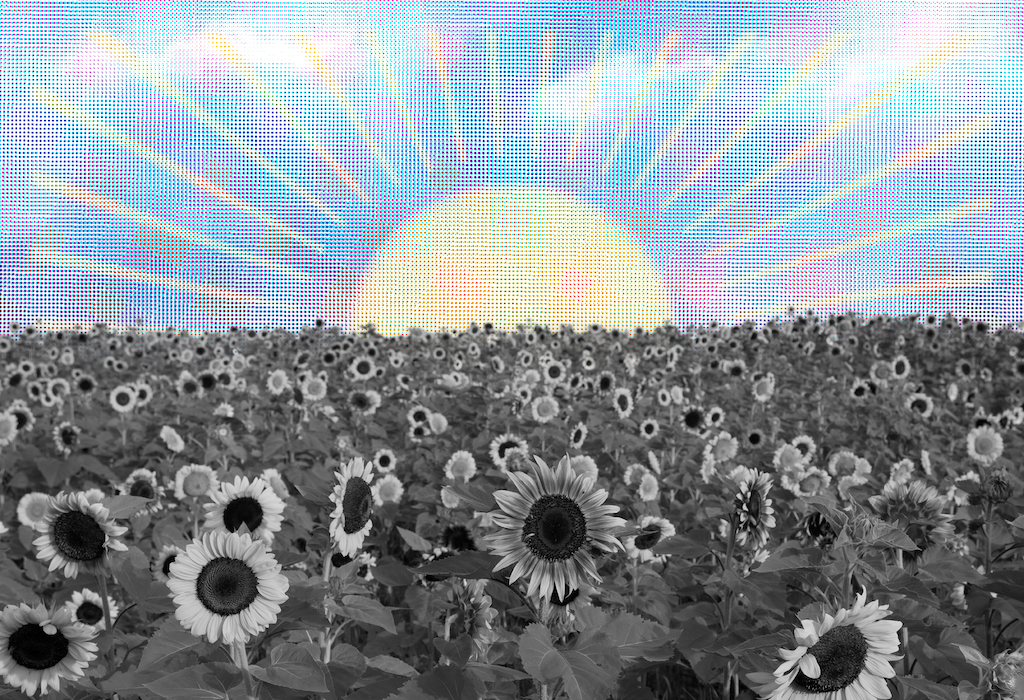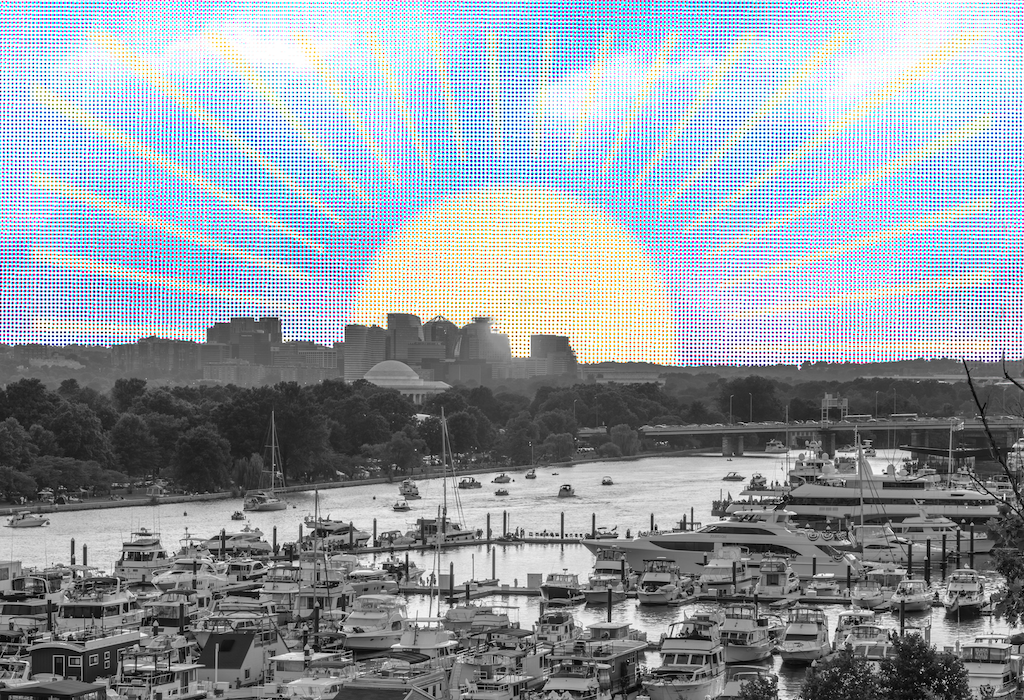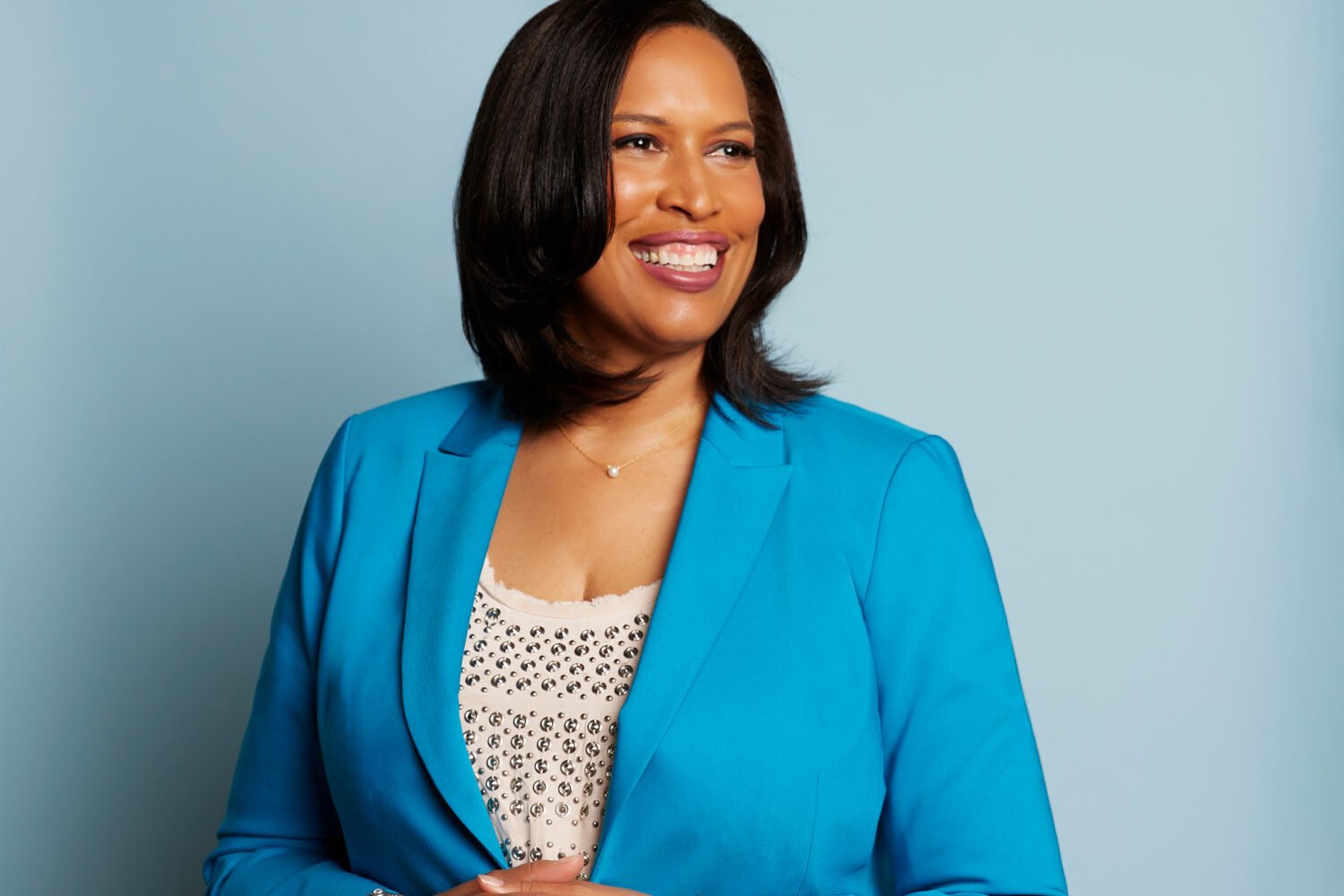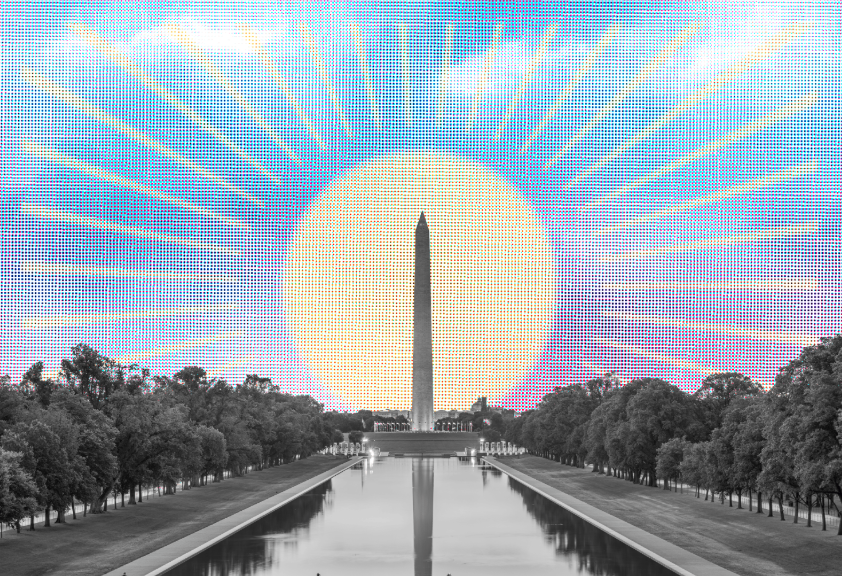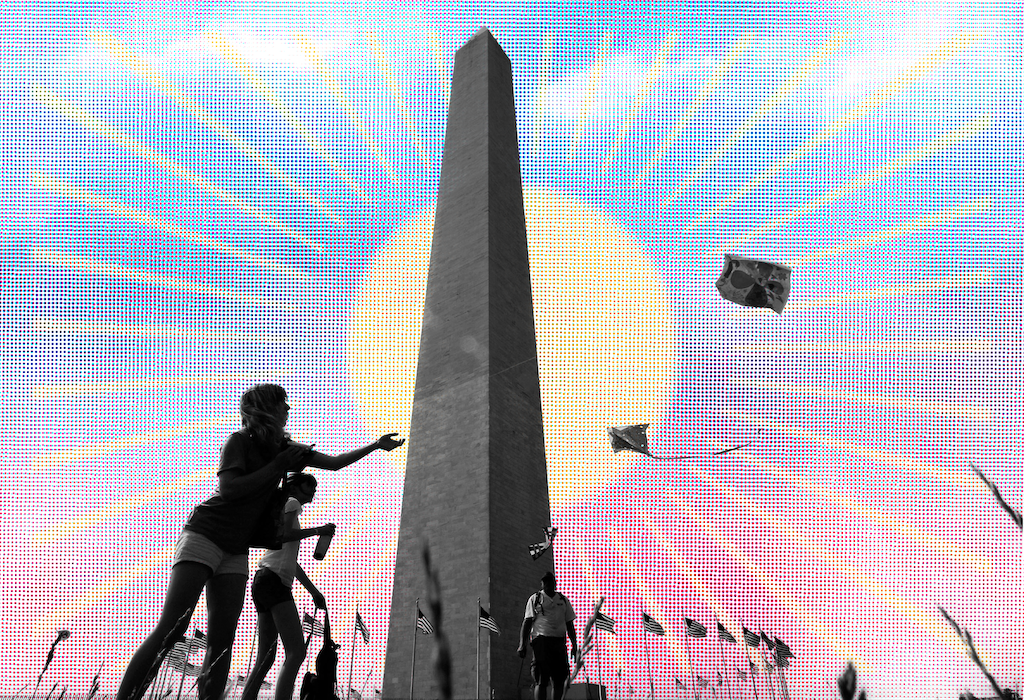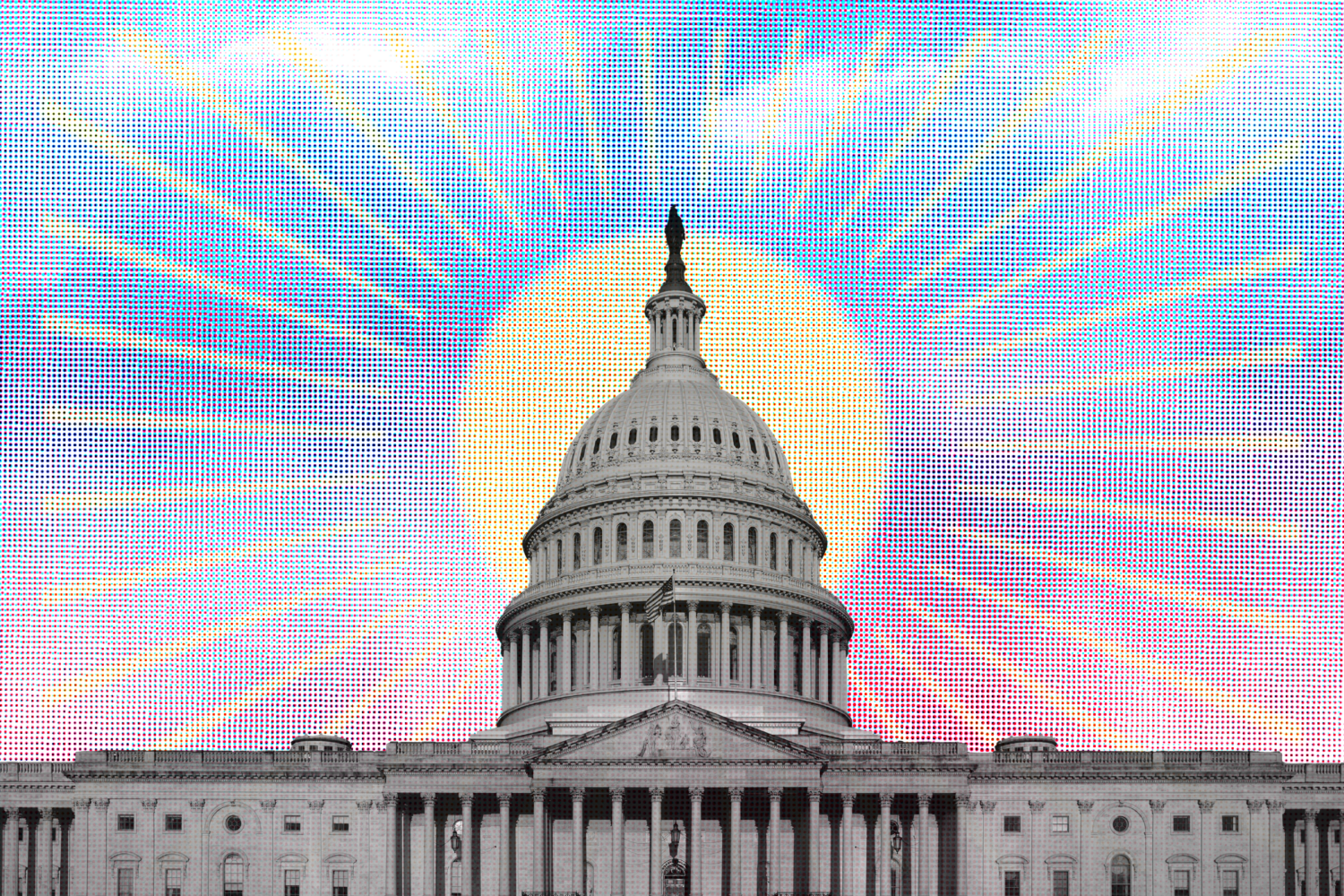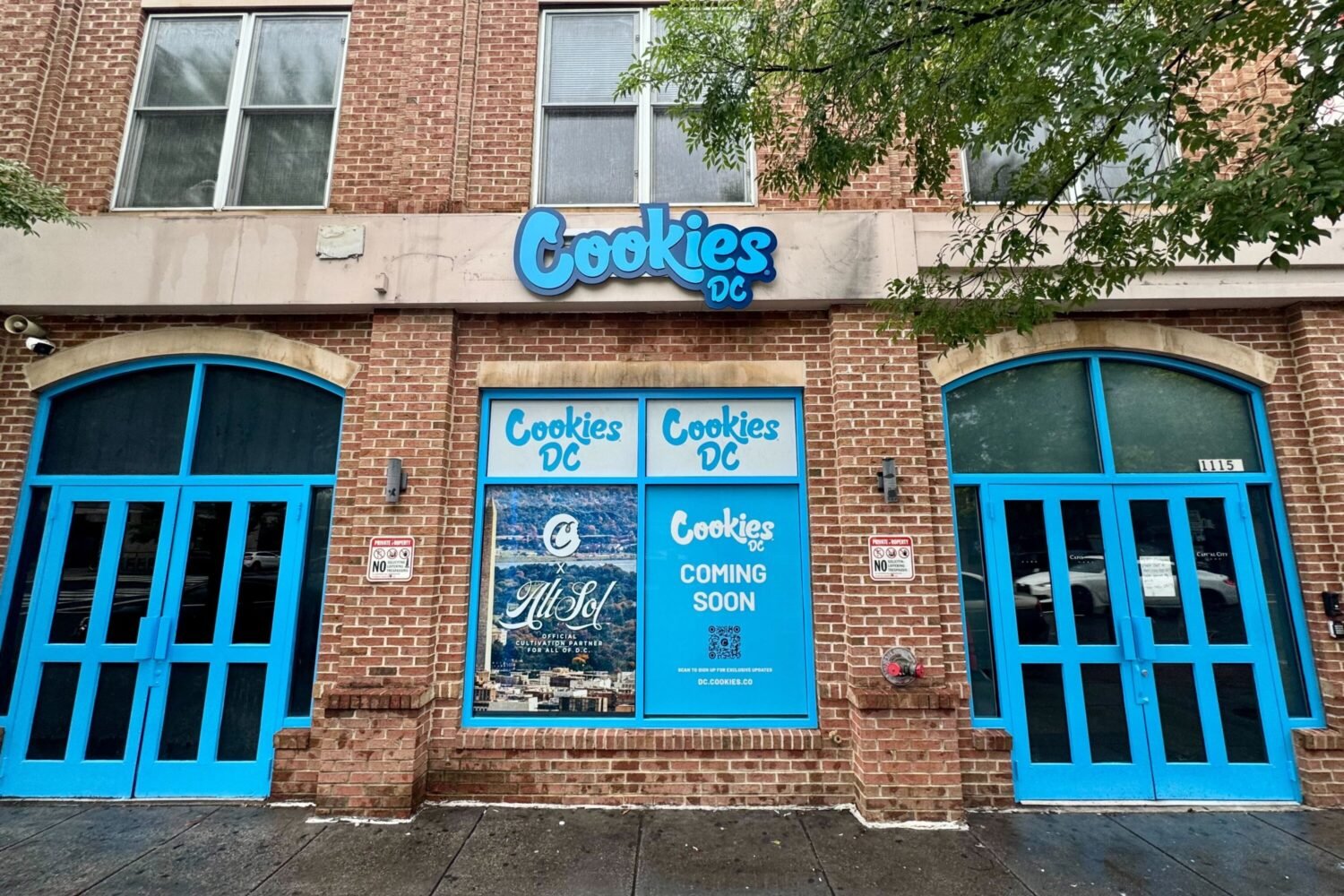Tucked high above the airy study center in the National Gallery of Art’s East Building, beyond administrative offices stuffed with stacks of press releases and posters for bygone art shows, is what surely must be one of the nicest offices in Washington. It’s not so much the shag carpeting or tasteful creamy off-white color scheme. It’s more the gobsmacking, perfectly centered view of the Capitol, which looms on the other side of a floor-to-ceiling wall of windows.
This is—or rather was—the perch of Earl “Rusty” Powell, outgoing director of the National Gallery of Art, who is retiring after 26 years on the job. (The Minneapolis Institute of Art’s Kaywin Feldman is stepping into the role.) Powell is cheerful on an unseasonably warm late-February day. And why not? He’s wrapping up, after all. He’s taking stock. He’s feeling good about his quarter century at the helm. It seems like a good time to get his reflections on running Washington’s flagship art institution.
When you started as director of the National Gallery, what was the first thing you wanted to do?
One was the sculpture garden. The Gallery had been in a dialogue with the Park Service to build a sculpture garden, which had kind of stalled, largely because of funding issues. We were able to take the property over and got it open.
At that time, the major thing we needed to do was renovations of the building. The West Building opened in ’41, and largely not much [renovation] had happened over time. The skylights were leaking.
These were not things I was looking forward to. We spent quite a long time identifying components of the infrastructure that would need attention over time. The skylights became the first part of a very long renovation master plan. Over those years, we renovated all the galleries and all of the systems. Systems are expensive, but not very sexy things.
It does seem sexier to say, “I want a sculpture garden” than “I want to fix the skylights.”
Sex wasn’t really part of this equation. It was a necessity. And we had to get involved in repairing the facade of this building.
Marble was coming off?
The bonding that held the marble in place was beginning to pull out. You’d sort of see it tilt out a bit here, tilt out a bit there. It became kind of a whack-a-mole experience. Staff would go out and push it back in.
Were you worried about people getting hurt?
[Picks up a palm-size slice of marble.] This fell off the front of the building. I had to go up for a congressional hearing, so I took that with me. [I had to ask for about] $85 million [for repairs]. If one of those panels comes off and injures somebody, or worse, we’ve got a problem.
That’s dramatic.
They gave us the money.
You’ve been behind a lot of blockbuster exhibits. Are those kinds of shows still important?
Oh, yeah. Of course they are. “Blockbuster” became sort of a pejorative word. “They’re not scholarly,” “they’re too popular.” I don’t know what’s wrong with being too popular, frankly.
Your first was the Vermeer exhibit in the 1990s.
Well, that was several years after I got here. The government closed over a budget fight right during Vermeer. I always thought it was Vermeer that reopened the government. The Republicans would come down and have a press conference in front of the National Gallery, saying that if the Democrats would be reasonable, then this exhibition would be open. Then the Democrats would come down and say, well, if the Republicans were to be truly bipartisan, this exhibition would be open.
Do you think blockbusters help bring in younger audiences?
Blockbusters help because they bring a lot of people in who wouldn’t probably otherwise come in. But I wouldn’t just call them blockbusters, because I really don’t know how to measure a blockbuster. The biggest blockbuster we had, I think, on a daily basis was the Japanese [bird and flower scrolls in 2012]. It was only here for 30 days and had never been shown in this country or in Japan. People were coming from Japan just to see these.
This summer, New York’s Museum of Modern Art is shutting down so it can make changes to emphasize diversity. Do you think the National Gallery needs to do something similar?
We just did that with the reorganization of the East Building.
In terms of diversity specifically?
Well, diversity is . . . I don’t know what diversity is. Depends on what you mean by diversity.
What does it mean to you?
Diversity is different artists, different cultures, different mediums. We had a chance to reassess all of our collections when we redid the East Building, and that presentation is out there now. No museum is going to be able to show its entire permanent collection at once. Part of the challenge is to show things differently. Different points of view. Different artists. Different works. We’re doing that on a regular basis with our collection, so it changes quite often.
What are your worries for the future of the museum?
I think the National Gallery of Art is a great institution with great collections. I don’t have any worries about its future there. The worries normally for anybody in a position like this are going to be financial. We have to raise—let me just say $10 million a year. Not always, but around that. I’m not worried about it, but you’ve got to work at it all the time.
As someone who’s spent so much time in the museum, what’s your favorite piece?
It changes all the time. I’m a great fan of Winslow Homer, and the American 19th-century rooms I think are marvelous. I’m eternally a fan of Vermeer’s “Girl With a Red Hat.” I love “Ginevra de’ Benci” because she’s the only Leonardo da Vinci [painting] in America. I think it’s important to go pay a visit from time to time.
Which room do you spend the least time in?
I should pay more attention to the Italian Renaissance.
It feels like the National Gallery has become much more of an international institution than it once was.
That’s probably true. One of the things that we have paid some attention to is: How national is the National Gallery? We’re a Western museum. The National Gallery was funded to collect Western art, so largely our partners tend to be places like the National Gallery in London or the Louvre or the Prado or Berlin.
The National Gallery has such a unique position on the Mall. Does it give you a different kind of freedom knowing that, for example, the Hirshhorn does what it does, the Freer-Sackler does what it does?
The Gallery is sort of in the context of one of the great museological cities of the world, with the Smithsonian. It does mean we can do what we can do as best we can do it, without having to do everything. We don’t collect Asian art, we don’t collect Native American art. We’ve got the Freer, we’ve got the Hirshhorn. All do great jobs at what they do, which means the Gallery in a way is free to do the kind of things it’s best at and what we were traditionally founded to be.
Looking back, what were some of the biggest challenges?
The Corcoran situation would be one of those. Nobody really wanted to see the Corcoran go away, but the Corcoran couldn’t afford to stay, so the alternative solutions that we were able to create with George Washington University and the courts saved all of the Corcoran in one way or another.
What do you think you’ve learned on the job more than anything else?
Enduring patience.
This article appears in the April 2019 issue of Washingtonian.

